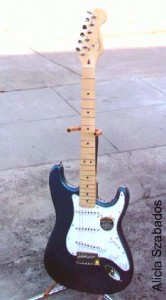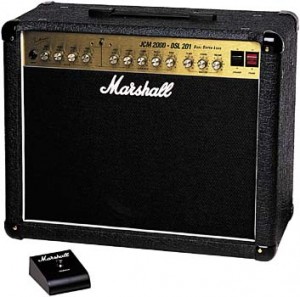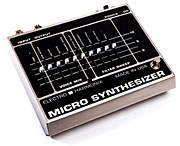 Year 2000 marks the end of the American Standard Stratocaster line and the introduction of Fender’s new American Series Stratocaster. Many marked refinements were incorporated in the new American Series Stratocasters that we’ll examine in the future. However, because the American Standard Stratocaster has been discontinued, it means that there are potentially great deals to be found in the marketplace. For that reason, as well as to mark the end of the American Standard Stratocaster’s 13-year life, LegendaryTones.com decided to examine some of the history of the American Standard Stratocaster as well as look at the year 2000 model in depth.
Year 2000 marks the end of the American Standard Stratocaster line and the introduction of Fender’s new American Series Stratocaster. Many marked refinements were incorporated in the new American Series Stratocasters that we’ll examine in the future. However, because the American Standard Stratocaster has been discontinued, it means that there are potentially great deals to be found in the marketplace. For that reason, as well as to mark the end of the American Standard Stratocaster’s 13-year life, LegendaryTones.com decided to examine some of the history of the American Standard Stratocaster as well as look at the year 2000 model in depth.
The first of Fender’s famous and long-lived American Standard Stratocasters was introduced in 1987 at the NAMM Convention and was a hit from the start. Fender was now in its post-CBS era, and the company’s new management team was committed to bringing Fender back to its glory days by again producing high-quality affordable instruments. In the 70’s especially, the CBS-owned Fender company suffered from a reputation for producing poorly-made guitars as a result of mass production and poor quality control. Being owned by mega-giant CBS did nothing but encourage the notion that the company only cared about profits. However, with new owners and the new American Standard model introduced, Fender clearly succeeded in time and the company again enjoyed a renewed reputation for producing quality instruments.
Continue reading

